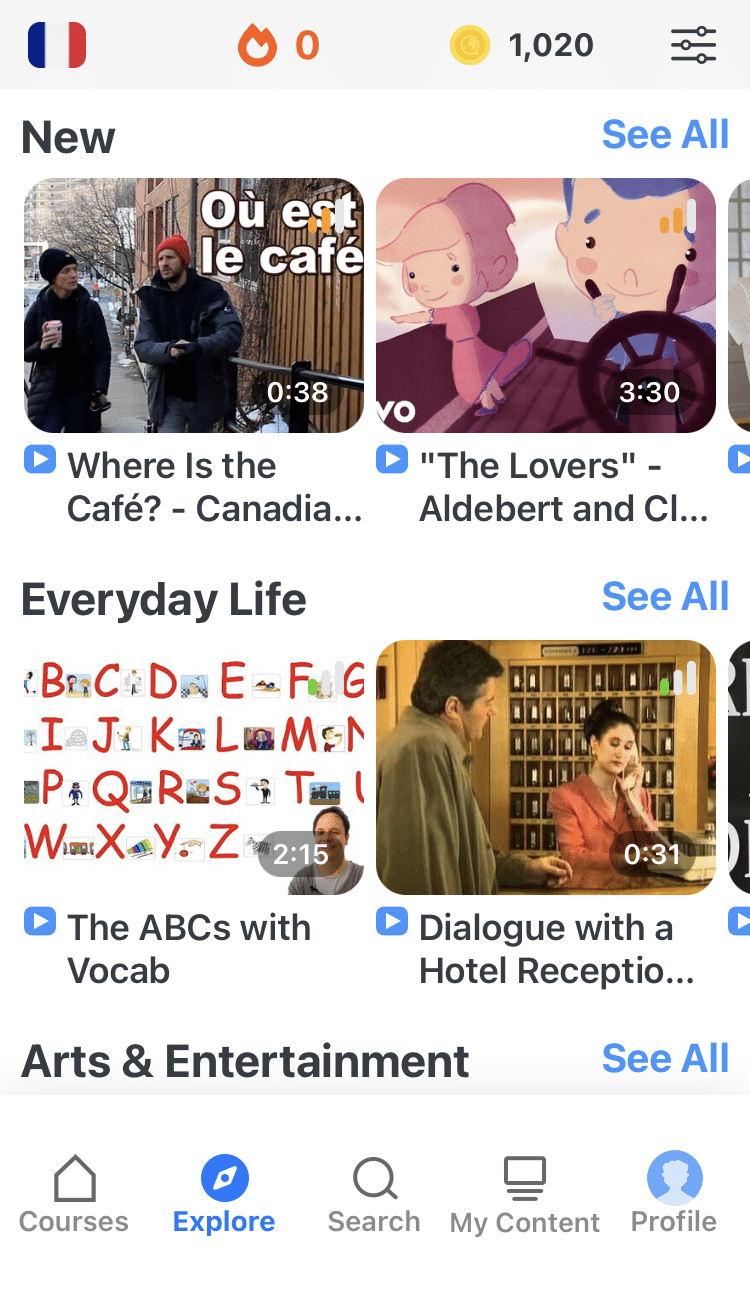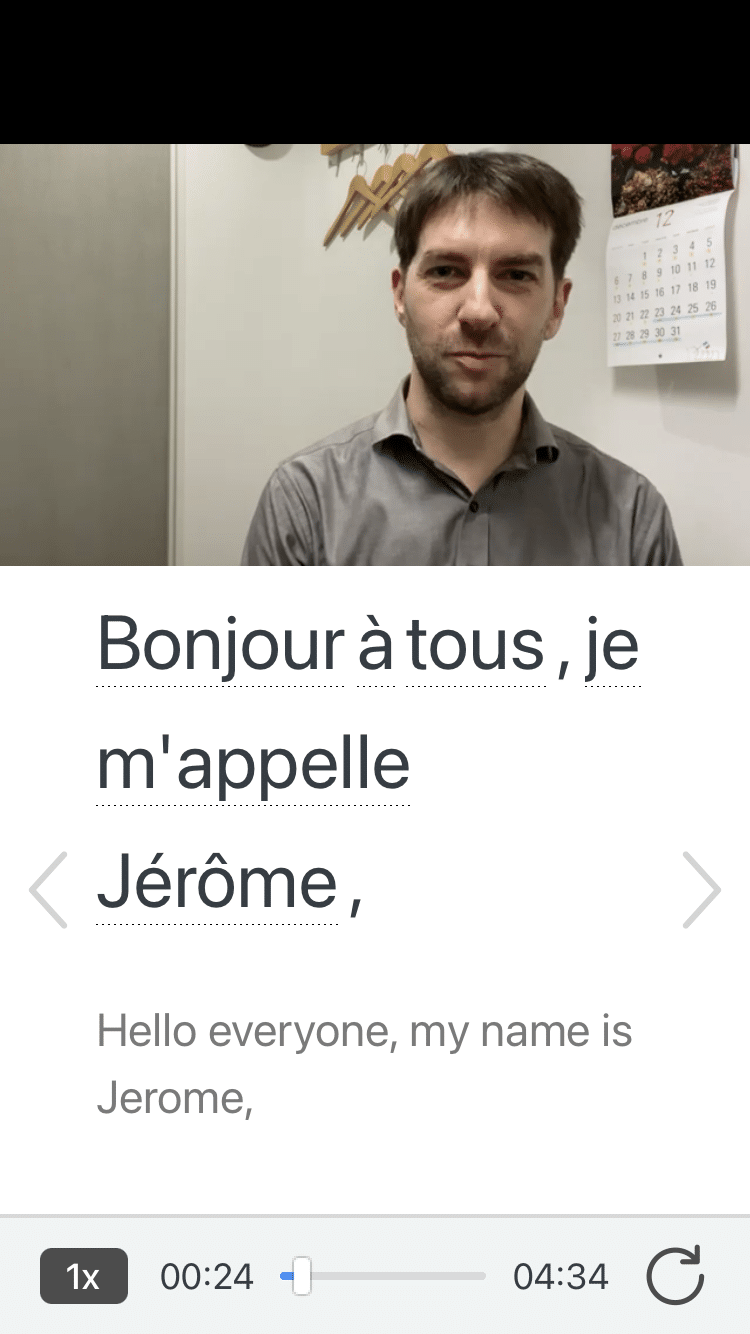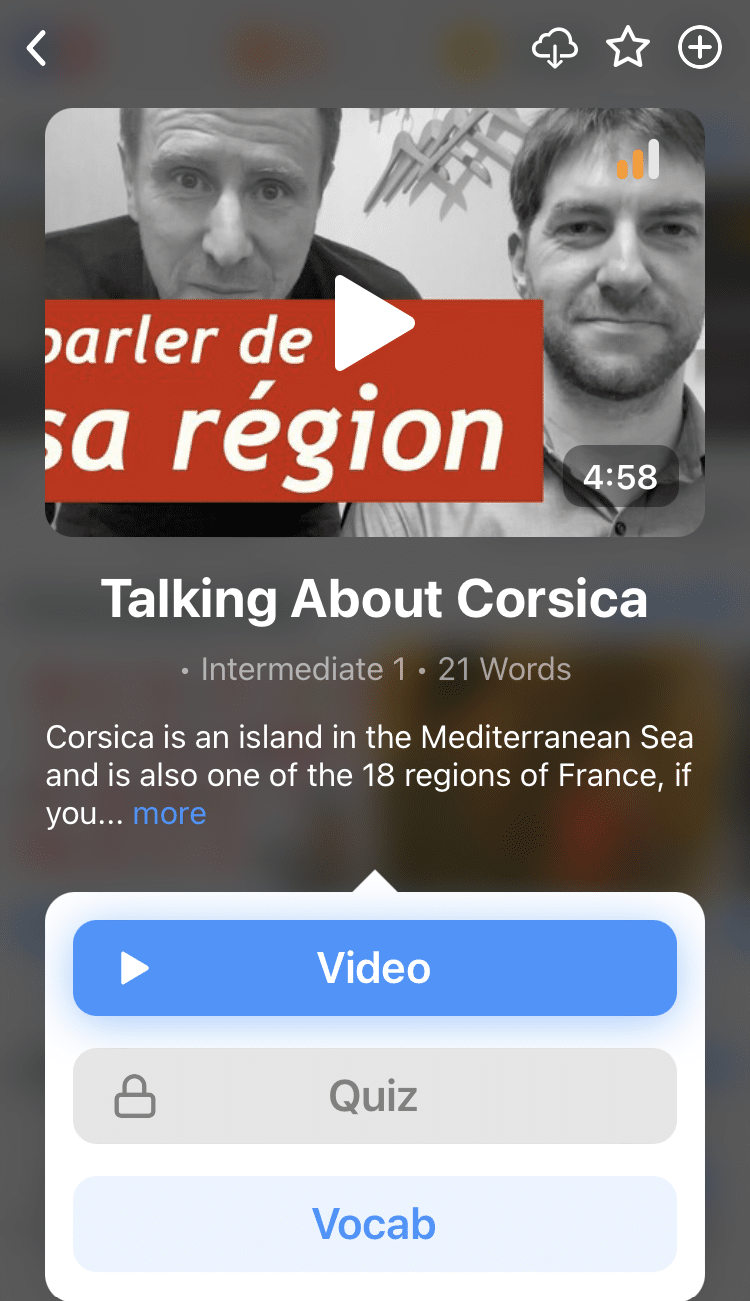
An Easy Guide to Formal French
It’s often difficult for English speakers to grasp the differences in register found in French. It’s also easy to feel anxious about your lack of familiarity (so to speak) with the register, and to obsess over how easy it is to be impolite in French without even meaning to.
But your fears are about to be assuaged, because in this post we’ll confront formal French head-on.
Contents
- Ways to Express Formality in French
- When to Use Formal French
- Why is Formal French So Tough?
- And one more thing...
Download: This blog post is available as a convenient and portable PDF that you can take anywhere. Click here to get a copy. (Download)
Ways to Express Formality in French
Now that you know when to use formal French, it’s time to examine how. Here are five ways you can elevate your standard French to the formal register!
1. Use Vous
You’ve probably already gleaned this, but it bears repeating: The staple of the switch between informal and formal French is undoubtedly the formal vous. Vous is technically the plural “you,” but it’s also used in formal cases.
In fact, vous is so much the indicator of when to use formal versus when to use informal French that as soon as someone offers to tutoyer, or say tu, you can immediately switch to standard or even informal French.
And for those Anglophones wondering why we don’t have an equivalent in English… we do. It’s “you.”
“Thou” is the former informal “you”—you can see as you compare it to tu that it comes from the same root. We did away with it in English for simplicity’s sake, preferring to keep everyone at arm’s length by using “you” all the time. In French, then, tu is retained but reserved for people you know very well.
2. Use the Conditional of Politeness
You’ve probably heard of the conditional as a tense to be used when you’re expressing actions that could happen, using conditional clauses. But there’s a second use of the conditional, used when expressing politeness.
For example, instead of saying…
Peux-tu me passer le pain ? (Can you pass me the bread?)
…say…
Pourriez-vous me passer le pain ? (Could you pass me the bread?)
The conditional of politeness can be used with any sort of request, whether it’s at the dinner table, in a store or over the phone. But don’t use it willy-nilly just to be more polite—it only works with requests!
3. Use a More Formal Synonym
One of the major elements of the formal register of French is the vocabulary. There are a variety of words that have informal, standard and formal synonyms, to be used according to the register.
An example are the words for “car”:
Bagnole is the informal term.
Voiture is the standard term.
Véhicule is the formal term.
For more examples like these, check out this site intended for native French learners—even they sometimes have a hard time getting it right!
4. Use Formules de Politesse When Speaking
French formules de politesse are little sentences that seemingly every French person knows. They’re phrases that can be used to add a formal flair to any sentence, and while they’re usually relegated to written French, you’ll occasionally hear them spoken out loud as well.
Here are a few common ones to get you started:
Auriez-vous la gentillesse de… (Would you be so kind as to…)
Est-ce que cela vous dérangerait de… (Would it bother you horribly to…)
5. Use Formules de Politesse When Writing
Written formules de politesse are far more common, and there are far more to use!
Here are some useful ones:
Merci de bien vouloir…
This phrase is followed by an action. For example, you could write Merci de bien vouloir me communiquer vos dates de disponibilité (Please let me know what dates you are available). As you can see, we can sort of translate it as “please” in English, but it literally means, “Thank you for wanting to…”
Dans l’attente de votre retour,….
This is a phrase used at the end of a letter to express that you expect the reader of the letter (or email) to write back to you. It’s sort of equivalent to “Looking forward to hearing from you!” But much more formal. It will be followed by the next item in the list.
…Je vous prie, Madame, Monsieur, de bien vouloir agréer l’expression de mes sentiments distingués.
This is the be-all and end-all of formules de politesse. It’s the standard sign-off that all French schoolchildren learn when they’re first learning to write a letter in school. Directly translated, it means the following: “I pray you, Madam, Sir, to want to agree with the expression of my distinguished sentiments.”
But the English equivalent is just “Sincerely.”
FluentU takes authentic videos—like music videos, movie trailers, news and inspiring talks—and turns them into personalized language learning lessons.
You can try FluentU for free for 2 weeks. Check out the website or download the iOS app or Android app.
P.S. Click here to take advantage of our current sale! (Expires at the end of this month.)
When to Use Formal French
The scariest element of formal French is possibly not learning it, but knowing when these new and unfamiliar structures are meant to be used.
Whenever you meet someone you’ve never met before, you should generally be using formal French.
However, there are some grey areas. If you’re meeting a friend of a friend, for example, you likely would not need to use formal French, but you can also take a cue from the person that you’re meeting. If they offer to faire la bise (kiss cheeks) or say tu to you, you can reciprocate in kind.
If, however, you’re meeting a new peer in a work setting (a colleague, for example), you’ll likely be using formal French. This can vary depending on the workplace, but it’s better to err on the side of too formal than not formal enough.
You’ll also use vous with anyone you don’t know who is working somewhere where you’re a customer; for example, a waitress or salesperson.
As you can see, context really matters when it comes to rules of formality. You’ll know when to use these structures instinctively the more you immerse yourself in realistic French conversations and content. It’s the ideal way to memorize the different instances that call for certain etiquette.
If there’s no French speaker around, you can check out authentic French media (such as books or TV shows) or immersion-based French learning programs.
Why is Formal French So Tough?
Let’s start at the very beginning: Why is formal French so tough to comprehend for English speakers?
The main reason is because language registers, such as they exist in French, don’t really exist in English.
Sure, we have more formal vocabulary and phrases, but French can actually be divided into several independent registers—some say as many as eight, but for our purposes, we’ll limit them to the three that most native French speakers learn in school. These are soutenu (formal), courant (standard) and familier (informal). Each register has its own purpose and its own vocabulary and even, sometimes, its own grammatical structure.
The lowest register, that of informal French, is the language that you speak when you’re with your friends. It incorporates slang and uses the tu form of the second-person singular. This French is a bit tough to get a handle on as well, but it’s not as big a deal if you make mistakes because it is, by definition, informal.
The middle register, that of standard French, is the French that you learn in your textbooks. It’s perhaps the easiest to comprehend for a French beginner, because it doesn’t have nearly as much nuance as either the low or formal register.
The highest register of French, that of formal French, is the French that you use with adults that you don’t know very well. A possible equivalent in English would be English that you would speak to a person you respect a lot, like a grandparent, or a person in a position of power, like the president. But even these comparisons are tough, because while your tone and vocabulary choice might change in English depending on who you’re talking to, some basic grammatical structures change when you’re using formal French.
The very existence of these three registers is one of the things that makes formal French tough to wrap your tongue around.
The French do tend to make things complicated… but that’s part of the reason we love them and their beautiful language!
And there’s nothing quite like having the command of formal French necessary to make those long and flowing French sentences we love so much.
Download: This blog post is available as a convenient and portable PDF that you can take anywhere. Click here to get a copy. (Download)
And one more thing...
If you like learning French on your own time and from the comfort of your smart device, then I'd be remiss to not tell you about FluentU.
FluentU has a wide variety of great content, like interviews, documentary excerpts and web series, as you can see here:

FluentU brings native French videos with reach. With interactive captions, you can tap on any word to see an image, definition and useful examples.

For example, if you tap on the word "crois," you'll see this:

Practice and reinforce all the vocabulary you've learned in a given video with learn mode. Swipe left or right to see more examples for the word you’re learning, and play the mini-games found in our dynamic flashcards, like "fill in the blank."

All throughout, FluentU tracks the vocabulary that you’re learning and uses this information to give you a totally personalized experience. It gives you extra practice with difficult words—and reminds you when it’s time to review what you’ve learned.
Start using the FluentU website on your computer or tablet or, better yet, download the FluentU app from the iTunes or Google Play store. Click here to take advantage of our current sale! (Expires at the end of this month.)



